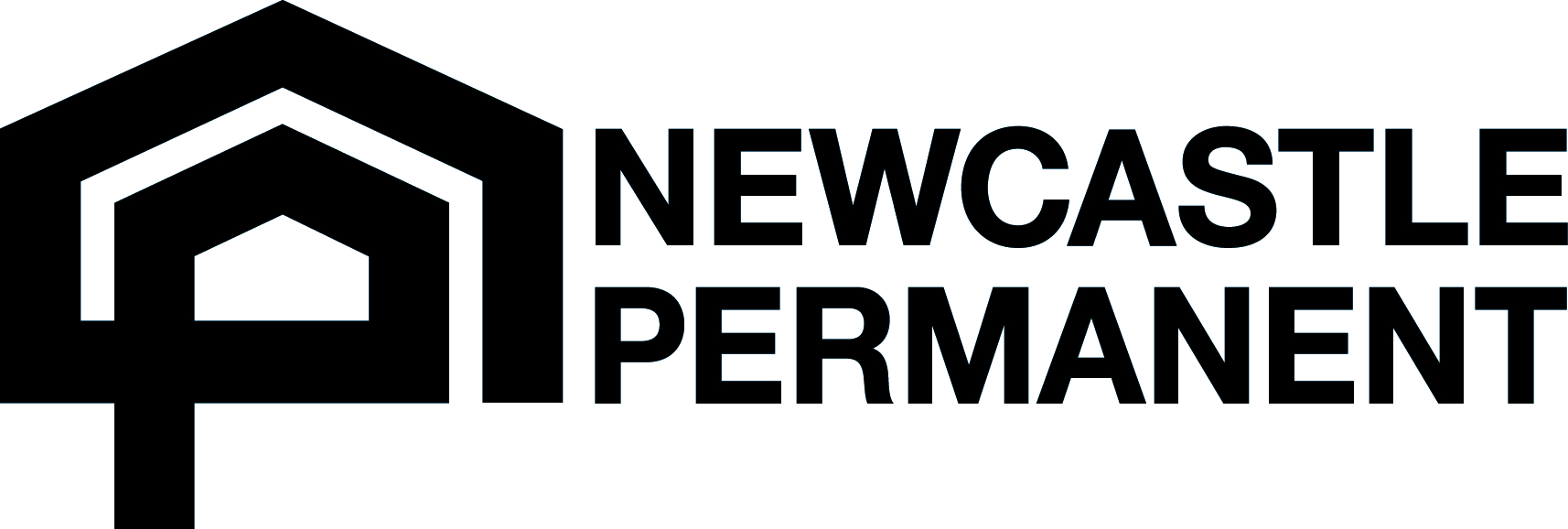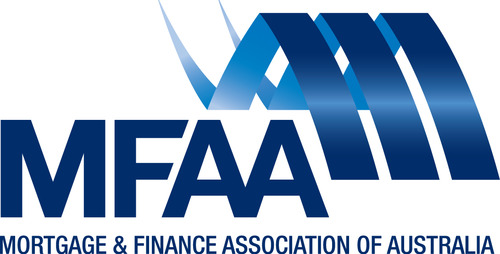
What is a Split Loan? Fixed vs Variable Interest Rates
Splitting loans allows a borrower to hedge their bets a little against potential interest rate movements. Splitting your loan means you have one total loan amount (e.g. $500,000) and you have split this amount into smaller portions. The most common split is part variable, part fixed. Some may have multiple variable or fixed splits.
Both variable and fixed rates have pro’s and con’s, however here are some considerations:
- Do you want an offset account? Most fixed loans do not allow an offset account to be used.
- Is it possible that interest rates will go down leaving you with an interest rate above market rates?
- If you proceed with a variable interest rate, are interest rates going to increase in the future?
- Are you likely to make additional loan repayments in a 12mth period? Fixed loans have a limit and generally ranges from $5,000 - $10,000 p.a. Variable rate loans accept unlimited additional repayments.
- Are you likely to sell, or want to change lender in the fixed term period? This will result in break costs.
To read more about fixed term interest rate break costs, check out our blog post which covers this detail.
Some clients want to just fix 100% of their loans, some clients want 100% variable! It's a personal decision
Fixed rates do offer security of knowing what your repayments will be and continue to be during the fixed term. Variable rate loans have more flexibility to refinance to another lender or sell and close the loan account if needed.
Some deciding factors will be based on strategy. For example, if the loan is for a long term investment and rates are very low, fixing for a medium to long term may be the best option.
So there are a few things to consider when selecting the type of home loan product to proceed with. Another option is to proceed with a variable home loan and fix a portion later.
Our Mortgage Broker can assist you with making a decision when preparing the home loan application.

















